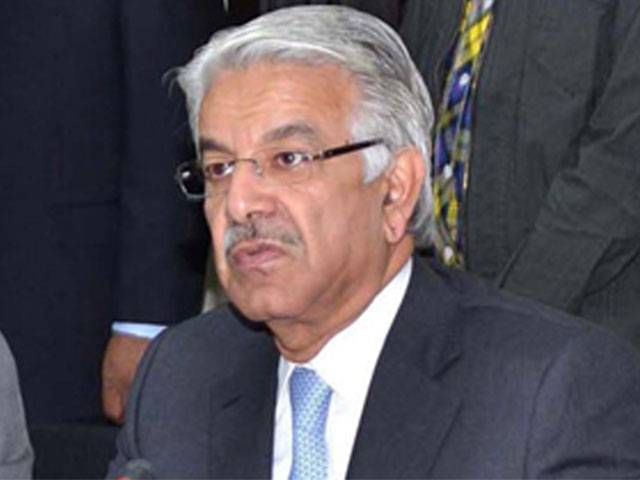ISLAMABAD - Contrary to the government claims that there is Rs 280 billion circular debt in the power sector, sources believe that due to default payments by Discos and declining recoveries, it has crossed Rs 400 billion figures and is piling up fast to the last year’s level of Rs500 billion.
The rapid increase in the circular debt during the recent months has been due to a number of factors. Inability of National Transmission and Despatch Company (NTDC) and distribution companies to make timely payments played a major role in the increase of the circular debt. Expensive generation mix was another factor. In order to meet electricity demands, the government is burning furnace oil more as compared to the past years, the sources said. Moreover, the government had to burn furnace oil to meet the shortfall created by the less inflow of water. This shortfall in hydropower generation resulted in the increased demand for furnace oil by IPPs.
Recoveries have been a challenge to the government as despite its utmost efforts, they declined as compared to the last fiscal year from 85 percent to 75 percent, it was learnt.
It is pertinent to mention that tariff was increased, but due to electricity theft and bad management, Discos continued to default on payments.
Transmission and distribution losses for Discos averaged at 18 percent, well above 12.90pc losses allowed by the National Electric Power Regulatory Authority (Nepra). According to the sources, the losses in Lesco have been reached an alarming level of 19 percent.
It was learnt that PSO’s receivables had touched Rs 179 billion, despite payments of about Rs40b during the month of June.
Former federal finance minister Dr Hafiz Pasha, while talking to media persons, said the billing losses have suffered a massive rise in the current fiscal year and have piled up to 31 percent from the last year’s 26 percent.
The political rivals have also challenged the government claims that it added 1,700MW to the national grid as a consequence of getting rid of Rs 480 billion circular debt.
Dr Pasha insisted that the actual increase in supply was to the tune of 600MW to 700MW and with the annual 4 percent rise in electricity demand actual demand-supply gap has remained more or less the same, as it was during the last year.
On the other side, Federal Water and Power Minister Khawaja Muhammad Asif on Monday claimed that circular debt stood at Rs280 billion and the country’s power system required four years to be able to bear the burgeoning electricity demand.
Khawaja Asif further said power loadshedding had been reduced by that 85 percent, adding 100 percent end to power outages was not possible at the moment due to corruption and line losses of the power sector.
Contrary to the claim of Khawaja Asif, all distribution companies, except Iesco, have been observing loadshedding up to 12 hours.
After coming to power, the power crisis became the most critical and crucial challenge to the PML-N government. In a desperate attempt to eliminate loadshedding, the government reportedly printed currency notes last year to avert the menace of circular debt.
This ambitious move reportedly took dollar to a record height. The government quickly brought down the dollar against rupee, but the market witnessed a panic for a short while. Analysts believe the panic was triggered mostly due to history of controversial economic decisions of the PML-N government in the last tenures, including freezing foreign currency accounts.
The PML-N government has been denying allegations of printing currency notes and claiming that the issue of circular debt was resolved by vibrant and proactive economic policies of the government.
According to the Finance Ministry, the power sector circular debt was cleared by issuing bonds worth Rs128 billion, saving Rs135 billion by cutting expenditures, securing Rs20 billion from dividends of public sector entities (PSEs) and drawing Rs59 billion from consolidated funds.
The circular debt was eliminated, but it piled up again in almost one-year time. Analysts believe that even if the official figures are true, the Rs280 billion circular debt in just one year is a challenge to the management. They fear that if supply of fuel and recoveries are not managed up to the desired level, loadshedding in the coming days may increase despite projected increased water flows in the rivers.
When contacted, no water and power official commented on the circular debt figures announced by the government and the figures claimed by the sources.
Friday, April 19, 2024
Circular debt piling up fast to Rs500b level

Caption: Circular debt piling up fast to Rs500b level
KP minister briefed on issues about sales tax on services
April 19, 2024
64th anniversary of freedom fighter Mirzali Khan marked
April 19, 2024
893,000 students appear in SSC exams in KP
April 19, 2024
Saudi govt shows interest to fund two road projects
April 19, 2024
Moot notes diabetes, blood pressure on the rise among youth
April 19, 2024
Hepatitis Challenge
April 18, 2024
IMF Predictions
April 18, 2024
Wheat War
April 18, 2024
Rail Revival
April 17, 2024
Addressing Climate Change
April 17, 2024
Justice denied
April 18, 2024
AI dilemmas unveiled
April 18, 2024
Tax tangle
April 18, 2024
Workforce inequality
April 17, 2024
New partnerships
April 17, 2024
ePaper - Nawaiwaqt
Advertisement
Nawaiwaqt Group | Copyright © 2024





